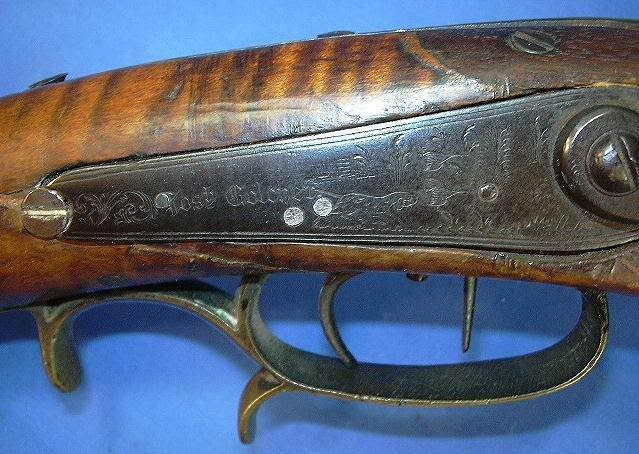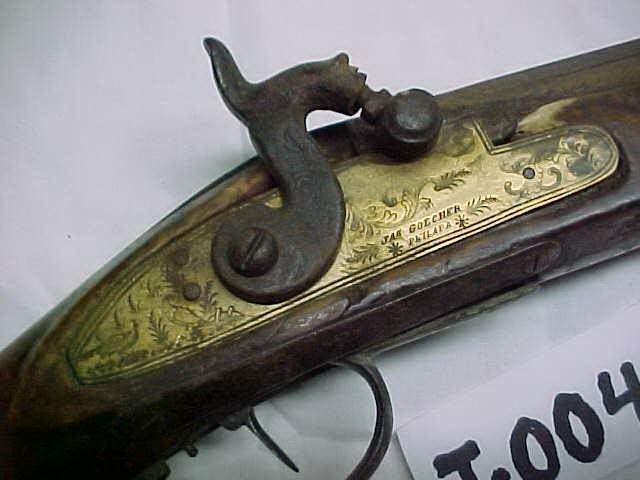I think Jim has the date transposed. It was 1897 that the firms merged.
In England, whether ordering a gun or buying it off-the-shelf, the customer usually had his own ideas about what he wanted but, in the main, he was advised by his gunmaker. Although the retailer or "gunmaker" would advise the customer, his advice would depend on what he could produce himself or, more likely, by what was available at the time from the actual manufacturer of the parts or the complete gun.
Manufacturers often supplied retailers with complete guns which bore the manufacturer's name and serial number on the barrels and action, but a "trade" manufacturer would usually put the retailer's name and serial number on the barrels and the action. The trade manufacturer's initials or trade mark might be put somewhere inside the action, under the barrels or on the fore-end.
Ultimately the customer, if they insisted could have any type of stock they desired.
With American muzzleloaders. If the gun was assembled from parts, then the lock maker's name is usually on the lock. Else if the gun is done entirely in house then the maker's name appears.
In this case Joseph Golcher of England never made any guns, but was a lock maker. His locks appear on many American muzzle loaders. People confuse him for his brother James who came to Philadelphia and also produced locks in his career. They incorrectly insist that "Josh" was an American gun maker.


To add to the confusion. It is not uncommon to see a flintlock that has been converted to percussion. This could have been done by the original maker or a 3rd party. Early 19th gunsmiths often advertised "white smithing". It was their way of saying they had the locks to do the conversions.
Pete